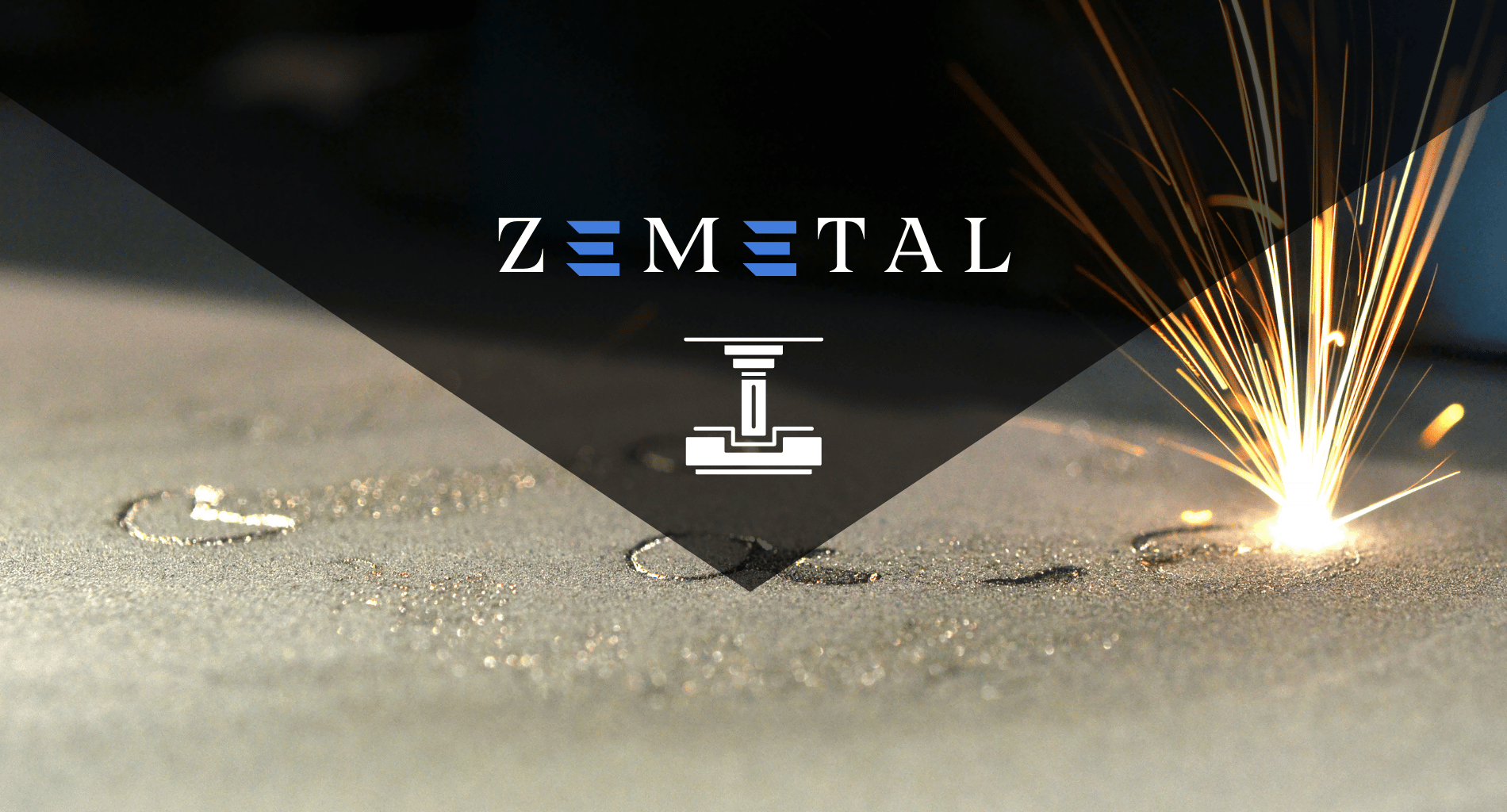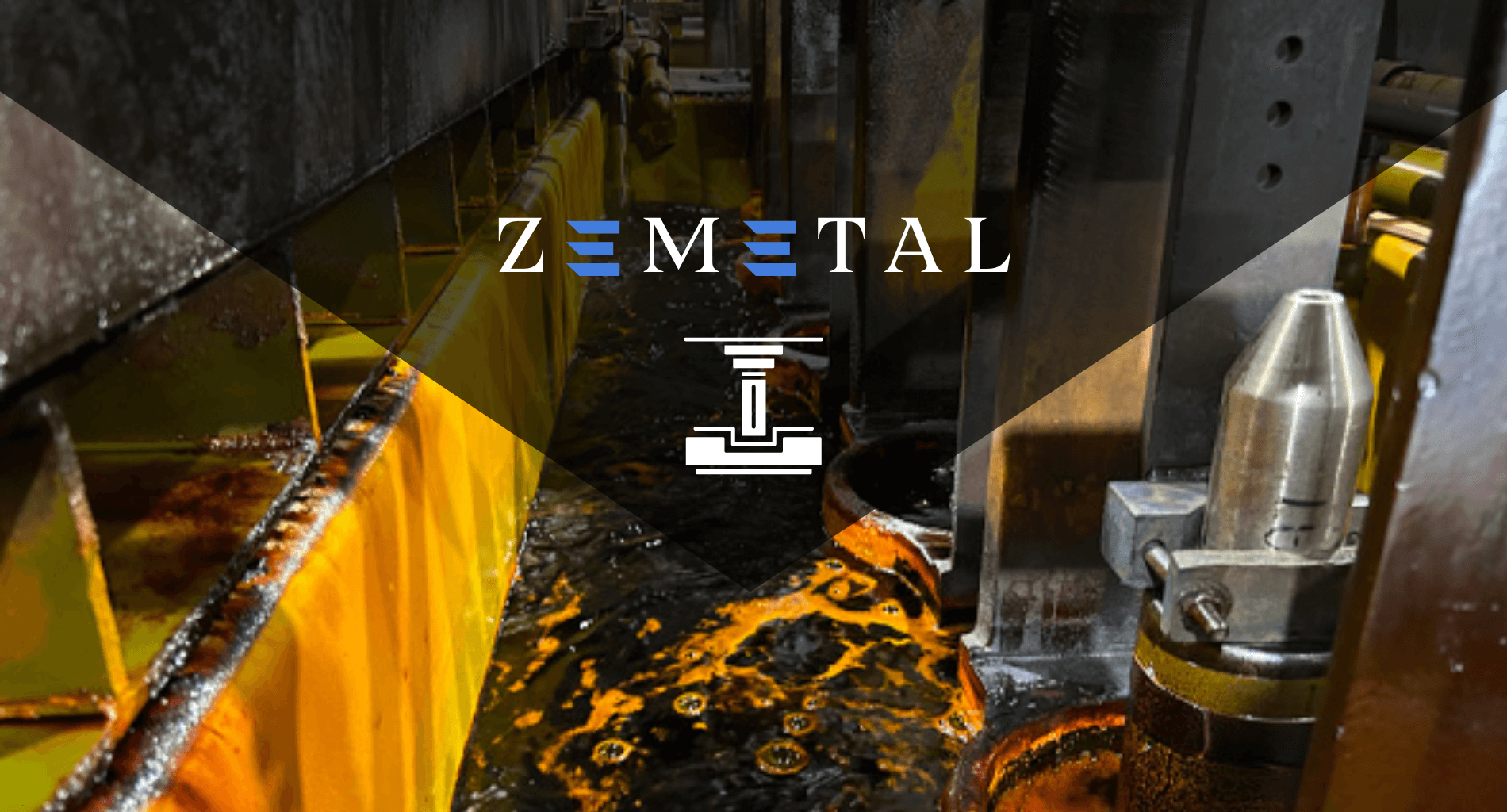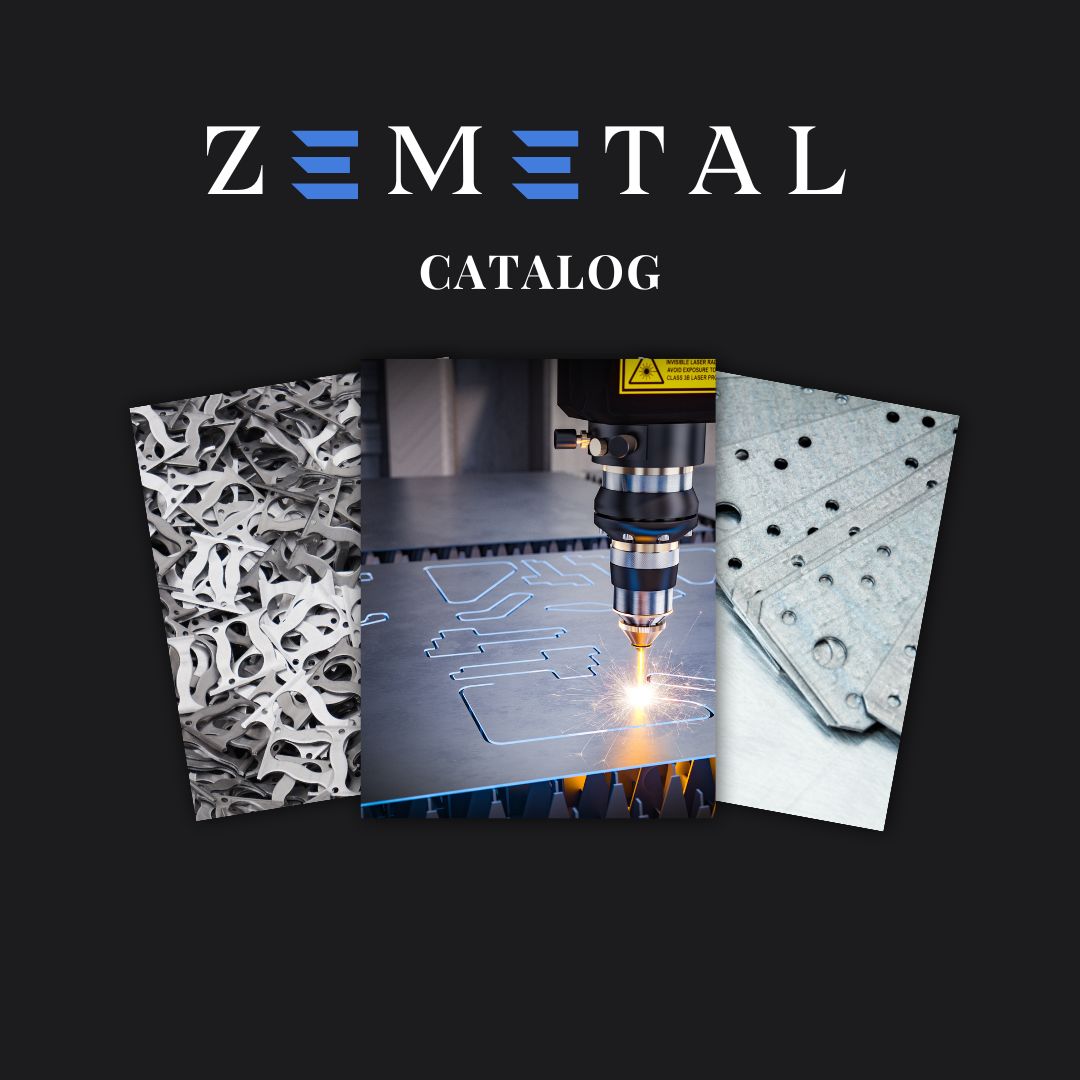Are you maximizing the efficiency and precision of your sheet metal fabrication processes? Sheet metal cutting and bending form the backbone of the manufacturing and construction industries.
As an expert in the field of metalwork, I bring years of hands-on experience and industry knowledge. My insights aim to enhance your understanding and implementation of these critical processes.
Effective sheet metal cutting and bending depends on balancing precision, material integrity, and cost-efficiency, ensuring each piece meets exact standards without compromise.
In this ultimate guide, we will delve into the latest techniques, tools, and tips for mastering these essential skills, ensuring all operations are both efficient and cutting-edge.
Get ready and read on!
1. Overview of Sheet Metal Cutting and Bending
Sheet metal cutting and bending are foundational techniques in the metal fabrication industry, integral to shaping metal sheets into desired forms. Cutting involves slicing large sheets into smaller pieces or specific shapes, a process demanding precision and control. Various methods like shearing, laser cutting, and waterjet cutting are employed, each suited to different material types and thicknesses.
Bending, on the other hand, transforms flat sheets into angular structures through methods like V-bending, U-bending, and roll bending. This process requires an understanding of material properties and bending mechanics to ensure accuracy and prevent material damage. Mastery of these sheet metal bending techniques is crucial for producing high-quality, consistent, and functional metal products.
2. Material Considerations in Cutting and Bending
Transitioning from the core techniques of cutting and bending, it’s essential to understand the role materials play in these processes. Here are some of the key material considerations to keep in mind:
Thickness of the Material
The thickness of the metal sheet is a primary factor in both cutting and bending. Thicker materials require more force and often more advanced cutting technologies, such as plasma or laser cutting. In bending, thicker sheets are more resistant to deformation, requiring careful calibration of bending angles and pressures to avoid cracking or compromising the metal’s integrity.
Type of Metal
Different metals behave uniquely under stress. For instance, aluminum is lightweight and malleable, making it easier to cut and bend, but it’s also more prone to warping. Stainless steel, known for its strength and corrosion resistance, requires more force to cut and bend but maintains its shape better. Understanding these properties ensures the selection of the right equipment and techniques for each metal type.
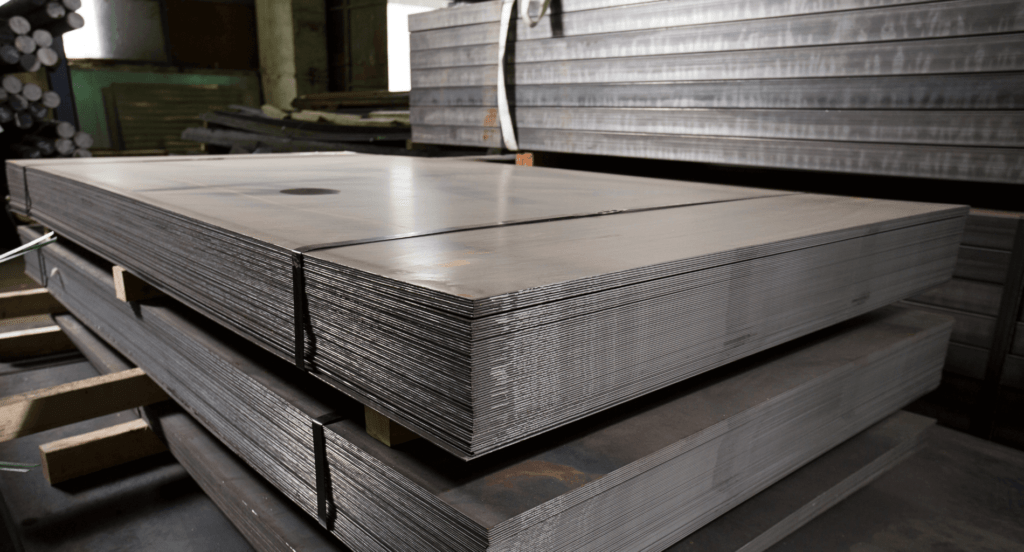
Grain Direction
Just like wood, metal sheets have a grain direction that can impact the cutting and bending process. Cutting perpendicular to the grain can lead to smoother cuts, while cutting parallel may require more effort. In bending, aligning the bend axis with the grain direction can reduce the risk of cracking, especially in metals with pronounced grain structures.
Surface Finish
The surface finish of the metal sheet can affect both the aesthetics and functionality of the final product. For example, a brushed finish on stainless steel not only provides a distinct look but also hides fingerprints and scratches better than a polished finish. When cutting and bending, it’s important to consider how the process might affect the finish.
3. Innovations in Sheet Metal Cutting and Bending
As we delve into material considerations, it’s crucial to highlight the innovations shaping the future of sheet metal cutting and bending. Here’s a breakdown of some of the most significant innovations in this field:
Laser Cutting Technology
Laser cutting represents a quantum leap in precision and speed in sheet metal fabrication. Utilizing high-powered lasers, this technology can effortlessly cut through various metals with incredible accuracy. This precision allows for more intricate designs and tighter nesting of parts, reducing waste. Furthermore, laser cutting machines are increasingly becoming automated, enabling faster production times and good quality.
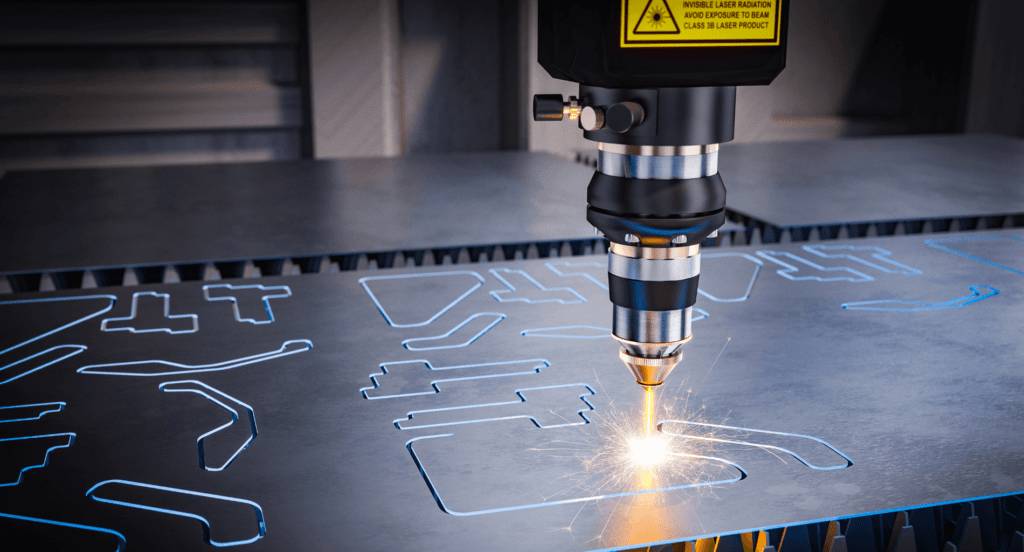
Automated Bending Solutions
The integration of automation in bending processes is a game-changer. Robotic bending machines can now handle repetitive tasks with remarkable precision, reducing human error and increasing production throughput. These systems are often equipped with sensors and software that can adjust the bending process in real-time, ensuring consistent results regardless of variations in material properties.
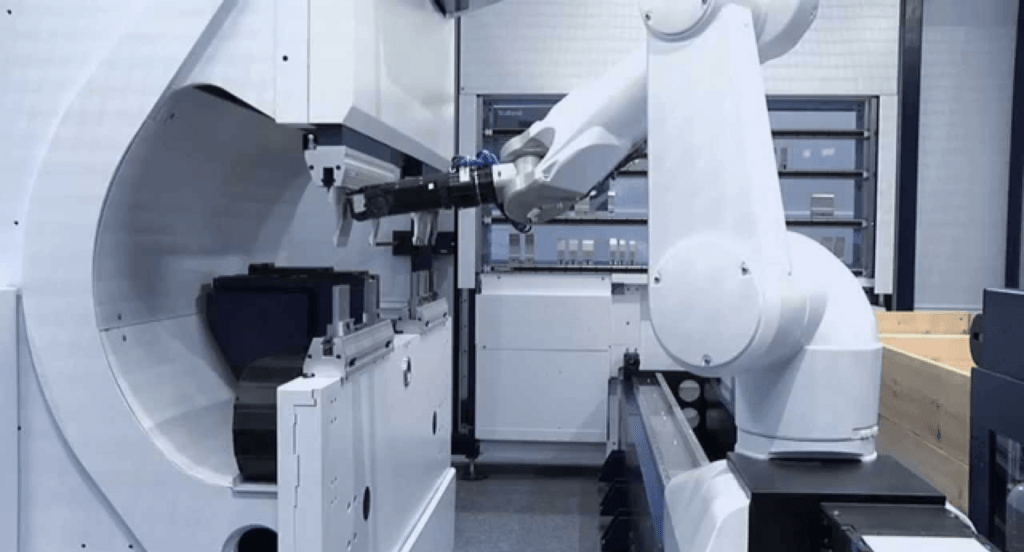
Adaptive Technology in Bending
A notable example of innovation in bending is the implementation of adaptive technology. Zemetal, one of the pioneers of sheet metal fabrication services, is embracing these technologies to enhance its service offerings. Adaptive bending technology uses real-time feedback to adjust the bending force and angle, accommodating variations in material thickness, grain direction, and even temperature.
4. Creative Applications of Sheet Metal Bending and Cutting
Innovations in sheet metal bending and cutting have opened up a place of creative possibilities. See the following applications of this cutting-edge method that is transforming the industry:
Architectural Design
Sheet metal cutting and bending are continuously transforming architectural design, enabling architects to create complex, unique structures. The precision of modern cutting techniques allows for the creation of intricate patterns and designs in metal panels, which can be used for exterior cladding, decorative facades, or unique roofing solutions.

Custom Automotive Fabrication
The automotive industry has long utilized sheet metal fabrication, but recent advancements have taken this to a new level. Custom automotive fabrication now often involves complex cutting and bending to produce parts that are functional and aesthetically pleasing. Whether it’s creating custom-made body panels for classic car restorations or developing lightweight ones, these modern fabrication techniques ensure to meet exact quality.
Artistic Installations
Sheet metal is not just for industrial or automotive use; it’s also becoming a popular medium for artists. The ability to cut and bend metal into almost any shape or form has seen it used in sculptures, installations, and decorative pieces. Zemetal is at the forefront of this, offering services that cater to artists and designers looking to bring their visions to life.

5. Quality Control in Sheet Metal Cutting and Bending
As we explore the diverse applications of sheet metal fabrication, it’s essential to underscore the importance of quality control in these processes. Let’s see the key aspects of quality control in this domain:
Precision Measurement and Calibration
Accuracy is paramount in sheet metal fabrication. This starts with precise measurements and calibration of machinery. Cutting and bending equipment must be calibrated regularly to maintain accuracy. For instance, in laser cutting, the laser beam alignment and focal length need periodic adjustments for optimal performance. Similarly, bending machines require angle calibration to ensure that bends are consistent.
Material Inspection
Before any cutting or bending operation, a thorough inspection of the material is crucial. This includes checking for defects, ensuring the correct material grade, and verifying thickness and grain direction. For example, a small crack or imperfection in a metal sheet might go unnoticed by the untrained eye but could lead to significant issues in the final product.
Process Monitoring and Testing
Continuous monitoring of the cutting and bending processes is essential to maintain quality control. This involves real-time observation of the operations and periodic testing of sample products. For instance, after a batch of metal sheets is cut or bent, a few pieces might be tested for dimensions, strength, and durability to ensure they meet the required specifications.
The table below highlights key aspects of continuous monitoring in the cutting and bending processes, emphasizing the importance of maintaining quality control through both real-time observation and periodic testing.
| Process Stage | Monitoring Activity | Testing Criteria | Purpose |
| Pre-operation | Equipment calibration check | N/A | Ensuring machinery is set correctly |
| During operation | Real-time observation of operations | N/A | Identifying any immediate issues |
| Post-operation | Visual inspection of products | Dimensions | Verifying product sizes and shapes |
| Sample testing | Periodic testing of samples | Strength and durability | Assessing product resilience |
| Quality assurance | Final review of batch | Compliance with specifications | Confirming batch meets all required specs |
6. Safety Practices in Sheet Metal Work
Quality control in sheet metal fabrication is not just about the product’s integrity but also closely ties in with safety practices. Adhering to strict safety standards is crucial in this field. Listed are the key safety practices:
Personal Protective Equipment (PPE)
The first line of defense in any sheet metal workshop is personal protective equipment. Workers should be equipped with gloves to protect against cuts, safety glasses to shield eyes from metal fragments, and ear protection in environments with high noise levels. In operations involving welding or intense heat, face shields and heat-resistant clothing are also essential.
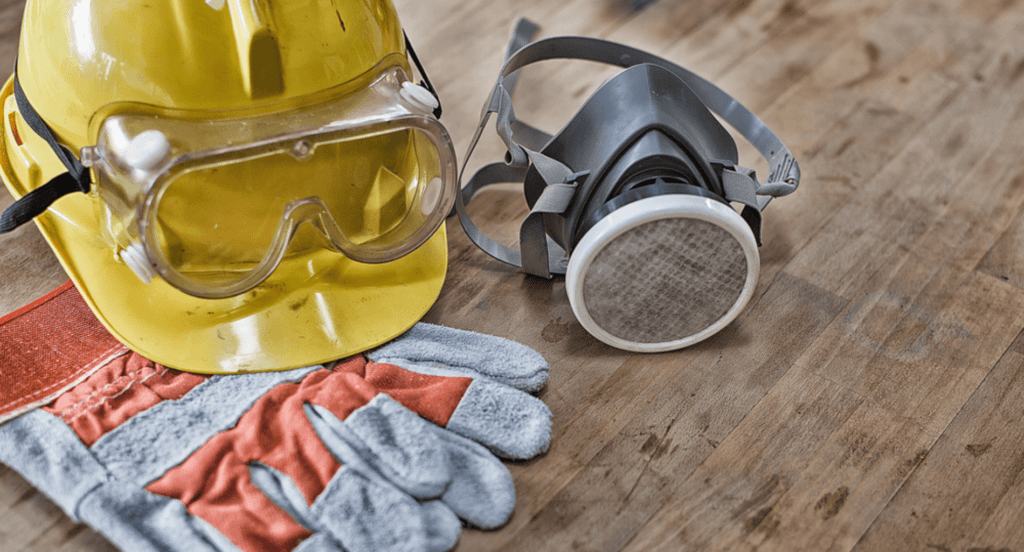
Machine Guarding and Maintenance
Sheet metal machinery, with its sharp blades and powerful motors, can be hazardous if not properly guarded. Machine guards should be in place and regularly checked to ensure they are secure and functioning correctly. This is not just a recommendation but a requirement by most safety regulations. Regular maintenance of these machines is not only crucial for their performance but also critical safety practice.
Service Practices and Emergency Procedures
Service practices in sheet metal work involve various procedures aimed at creating, repairing, or maintaining sheet metal components. In emergency procedures, safety is paramount. Combining sound service practices with emergency procedures ensures a safe and efficient sheet metal work environment.
7. Common Challenges in Cutting and Bending
While safety practices are paramount, they intersect with the everyday challenges faced in sheet metal cutting and bending processes. Here are some of the common hurdles encountered in these operations:
Material Deformation
One of the primary challenges in sheet metal fabrication is avoiding material deformation during cutting and bending. When metal is cut or bent, it can warp or distort, compromising the final product’s dimensions and integrity. This is particularly problematic in precision applications where even the slightest deviation can render a part unusable. Proper material support during cutting and using precision bending methods can help.
Tool Wear and Maintenance
Tool wear is an inevitable aspect of any manufacturing process, and in sheet metal fabrication, it can significantly affect quality. Dull blades or improperly maintained bending machines lead to poor cuts and bends, potentially damaging the material. A thorough maintenance schedule is crucial. Regularly replacing or sharpening blades and calibrating machines can prevent most of these issues.
Meeting Tight Tolerances
The demand for high precision in modern applications means that meeting tight tolerances is a constant challenge. This requires not only advanced equipment but also skilled operators who understand the intricacies of the materials and machines. For instance, when working on a project requiring extremely precise bends, the operator’s expertise in adjusting the machine settings and handling the material can make all the difference.
8. Future Trends in Sheet Metal Fabrication
After knowing the common challenges in cutting and bending, it’s essential to look ahead. The Global Sheet Metal Fabrication Market is expected to grow at a high CAGR of 3.1% as per DatamIntel. See the following for insights into what the future holds for this field:
Increased Automation and Robotics
Automation and robotics are set to play an even more significant role in sheet metal fabrication. Automated cutting and bending machines, integrated with advanced software, are expected to become more prevalent, streamlining operations and increasing efficiency. This shift not only speeds up production but also minimizes human error, resulting in more consistent and high-quality products.
Advancements in Material Science
Shortly, many can anticipate significant advancements in material science. New alloys and composite materials are likely to emerge, offering enhanced properties such as increased strength, lighter weight, or better corrosion resistance. These materials will open new possibilities in fabrication but will also pose challenges in terms of cutting and bending techniques.
Sustainability and Eco-Friendly Practices
Sustainability is becoming increasingly important in all manufacturing sectors, including sheet metal fabrication. The industry is likely to place a greater emphasis on eco-friendly practices, such as recycling metal scraps, using energy-efficient machines, etc. Prioritizing sustainability contributes to environmental conservation and finds favor with a growing segment of environmentally-conscious customers.
Conclusion
We’ve journeyed through the complex world of sheet metal cutting and bending, uncovering the essentials, innovations, and practices that define this field. This guide is designed to elevate your understanding and application of these crucial processes, enhancing the efficiency and quality of your projects.
If you’re looking to harness the full potential of these insights in your business, consider Zemetal’s expert services. For more information or to discuss your specific requirements, feel free to contact us.
Dive Deeper Into Our Resources
For some insightful reads, we’ve curated a list of recommended articles just for you:
Still haven’t found what you’re looking for? Don’t hesitate to contact us. We’re available around the clock to assist you.


